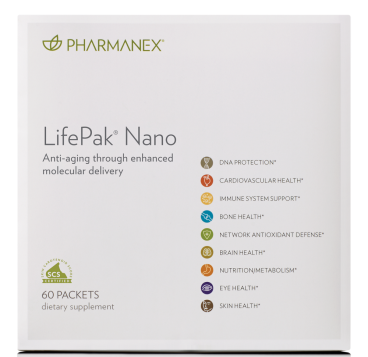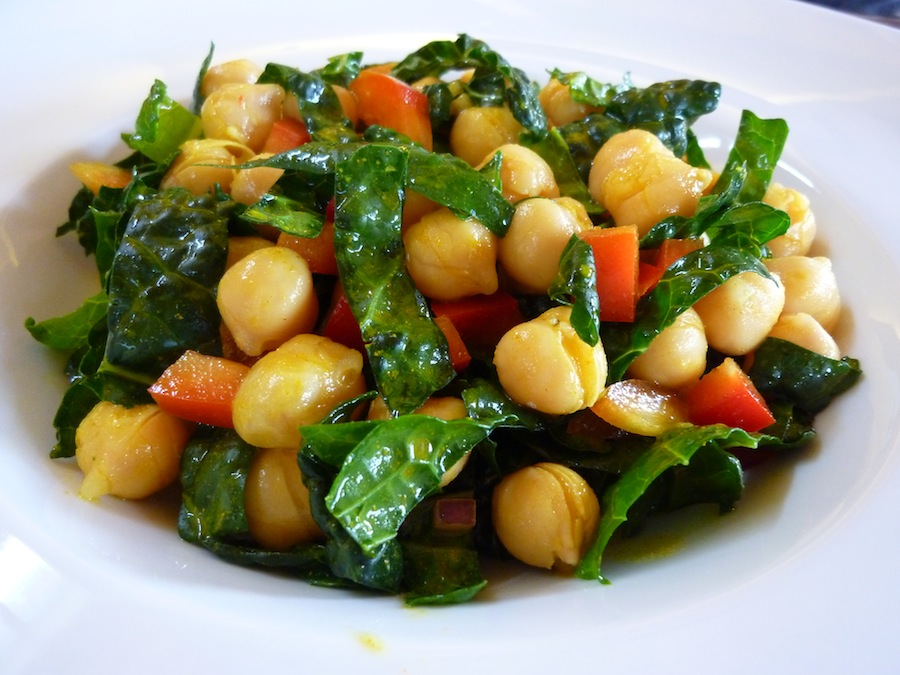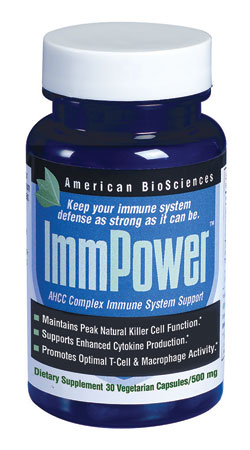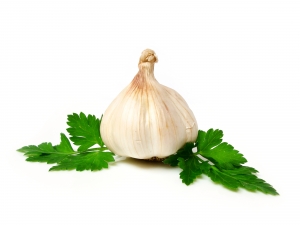The Case of the Brussels Sprout
This is not the story of a boy from Brussels and how he wound up in Court....
This is the story of a Sprout accused of being bitter and unfriendly. The first mention of this sprout is traced to the late 16th century. It is thought to be native to Belgium, specifically to a region near Brussels, after which it was named.
This Sprout is a member of the Brassica family and therefore related to Broccoli and Cabbage. Don't be fooled by its size however! Watch what you say because a Sprout grows up with a bunch of 20 to 40 other Sprouts, on the stem of a plant that grows as high as three feet tall!
These miniature-sized vegetables contain the largest content of anticancer phytochemical compounds such as glucosinolates. Like broccoli, the indole-3-carbinol has been found to reduce cancer growth especially for estrogen dependent cancers (e.g. uterine, breast, cervical).
In order to plead the case for this Sprout I lay before you the following:
Character Traits *
Brussels sprouts can help us avoid chronic, excessive inflammation
You'll find nearly 100 studies in PubMed (the health research database at the National Library of Medicine in Washington, D.C.) that are focused on Brussels sprouts, and over half of those studies involve the health benefits of this cruciferous vegetable in relationship to cancer
They provide us with this cholesterol-lowering benefit whether they are raw or cooked. When the cholesterol-lowering ability of steamed Brussels sprouts was compared with the cholesterol-lowering ability of the prescription drug cholestyramine, Brussels sprouts bound 27% as many bile acids
The fiber content of Brussels sprouts: 4 grams in every cup makes this cruciferous vegetable a natural choice for digestive system support.
The detox support provided by Brussels sprouts is extensive. There is evidence from human studies that enzyme systems in our cells required for detoxification of cancer-causing substances can be activated by compounds found in Brussels sprouts.
* HealthDiaries.com: 11 Health Benefits of Brussels Sprouts
It Takes Proper Cooking to Bring Out the Sprout's Goodness!
Perfectly cooked Brussels sprouts have a crisp, dense texture and a slightly sweet, bright, and "green" taste. Steaming the Sprouts increases their health benefit potency.
Steam them
Bring a scant 1/2 inch salted water to boil in a large frying pan or saute pan. Add Brussels sprouts, cover, and cook until sprouts are tender to the bite and water has evaporated, about 5-7 minutes (depending on how crisp you like them).
In a Steamer Basket: Bring about an inch of water to a boil in the bottom of a pot into which your steamer basket or insert fits. Put cleaned Brussels sprouts in the steamer basket, set over the boiling water, cover, and steam until tender to the bite, about 5-7 minutes.
You can toss them with Olive or Coconut Oil, salt and pepper; garlic and lemon; or with Pasta Sauce!
Roast them
1 1/2 lbs. organic Brussels sprouts, ends trimmed and yellow leaves discarded
2 Tbs. virgin Olive Oil
1 tsp. Sea Salt
1/2 tsp. freshly ground Black Pepper
1 tsp. Paprika
1/2 tsp. organic Garlic Powder or 2 cloves well mashed
4 Tbs. lemon juice
Rinse Sprouts trim off ends and place in a large bowl. Blend the spices together with the oil and lemon. Pour this over the sprouts and toss until well coated.
Place in oven proof dish or cookie sheet lined with parchment, and roast at 400ºF for 35 minutes or until lightly golden.
Braise them
Braising, or slow cooking in liquid on the stove, is a great way to elicit Brussels sprouts' natural, nutty flavor.






























